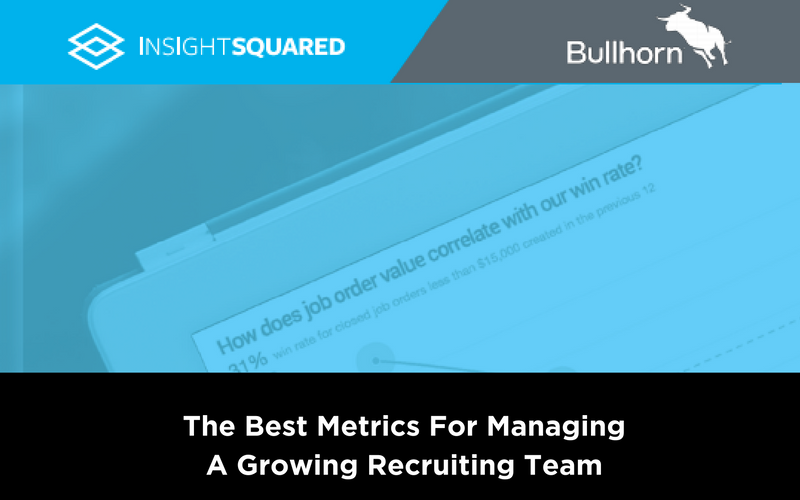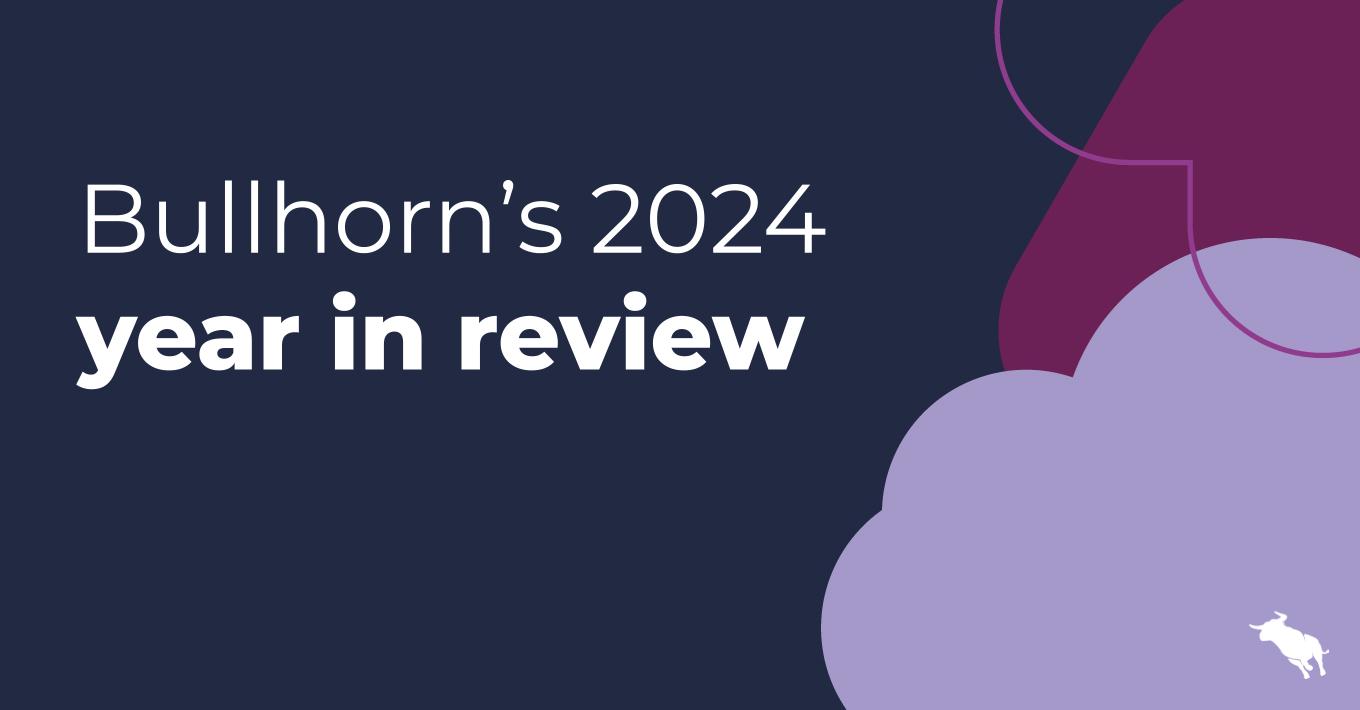The Meaning Behind Metrics

Recruiting is billed as a numbers game, but too many firms miss the point of the numbers. Most firms track the amount of activity their recruiters perform, but don’t take the next step to ask why this data is relevant.
Ask a director how many calls it takes to get a candidate on the phone and how many sendouts it will take to get that same candidate placed, and she’ll be able to tell you. She’ll also tell you how she plans to hire more recruiters and grow her firm in the next year.
What she won’t be able to tell you is how her team can improve on their performance and start producing more without relying on additional headcount. She also won’t be able to tell you how her hiring plan matches up with the company plan for the next year.
When firms have challenges hitting their revenue goals, this disconnect between “how” and “why” is often the underlying reason. To eliminate that disconnect, we’ve created a three point plan you can use to as a framework to guide your firm’s day-to-day operations.
For recruiters, making use of data boils down to setting goals effectively. An analytical approach to goal setting allows you to consistently hit the sweet spot between goals that are too aggressive and goals that are too easy.
New ebook: The Best Metrics for Managing a Growing Recruiting Team
Here are the three steps that enable you to do that:
- Evaluate Your Historical Performance
Setting the right strategic goals and deriving your team’s daily activity goals from them is essential for improving your team’s performance. You can use these goals to incentivize the behaviors you want to see from your team and provide them with a roadmap for success.
To do that, you need to find the sweet spot between goals that are too optimistic and goals that are too easy to hit.
To figure out what that spot is, you should turn to your firm’s historical performance. How long does it take your recruiters to make placements? How much work does it take? How much can you expect each recruiter to produce? What do your candidate and job order pipelines look like, and how should you expect them to change in the next year?
By asking and answering these questions, you can match your goals to the realities of your team’s performance.
- Set Actionable Goals
The correct way to set goals is to conduct an analysis of resources you have available, assess production based on historical output, decide where you want to end up at the end of the next year (or month or quarter), and set goals based on that information.
Your ability to do that will hinge on how well you’ve analyzed your historical performance and your capacity to apply that knowledge going forward.
Every managerial decision you make has to stem from the goals you set. If you set goals that are arbitrary and subject to change with results, the fluctuations roll down and cause chaos in the day-to-day operations of your business.
When recruiters are all working towards the same, clearly defined company goal, and there’s a clear connection between achieving that goal and the work they’re being asked to do on a daily basis, they’ll be incentivized to execute the behaviors you want to see from them and pursue the goal.
Of course, reality is never that clean — recruiters churn, the market changes, customers come and go — it’s not enough for your goals to tie together, they also have to be flexible.
- Assess and Adjust
To get your metrics to a point where they can be meaningfully tied to performance, you may have to adjust them. There’s no point trying to instill meaning in a metric if the behavior it’s designed to measure isn’t yielding results.
For example, if your recruiters are being told to send 40 emails, make 60 calls, and connect with 20 people on LinkedIn every day in an effort to source candidates, look hard at the results you’re getting from each of those activities.
If you realize that 90 percent of your candidates are being sourced through LinkedIn, you should probably scale back the email goal and increase the LinkedIn goal.
The same principle applies at a more strategic level. You have to constantly reevaluate the state of your business, and take changes into account to match your aspirational vision for the company with the resources and bandwidth at your disposal.
By following these three steps, you will start to see consistent improvements in your recruiting process, and achieve more consistent, predictable performance as a result.
Need help determining the best metrics for your firm? Download the guide from Bullhorn partner InsightSquared to learn the best way to set them!









